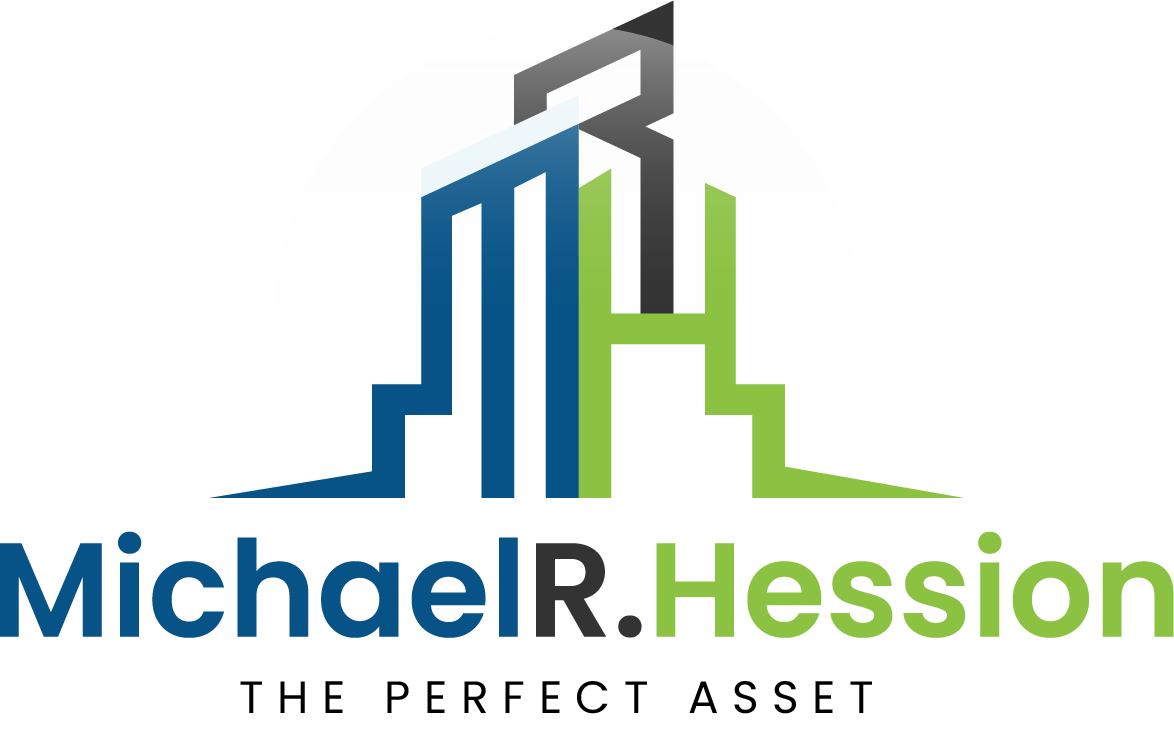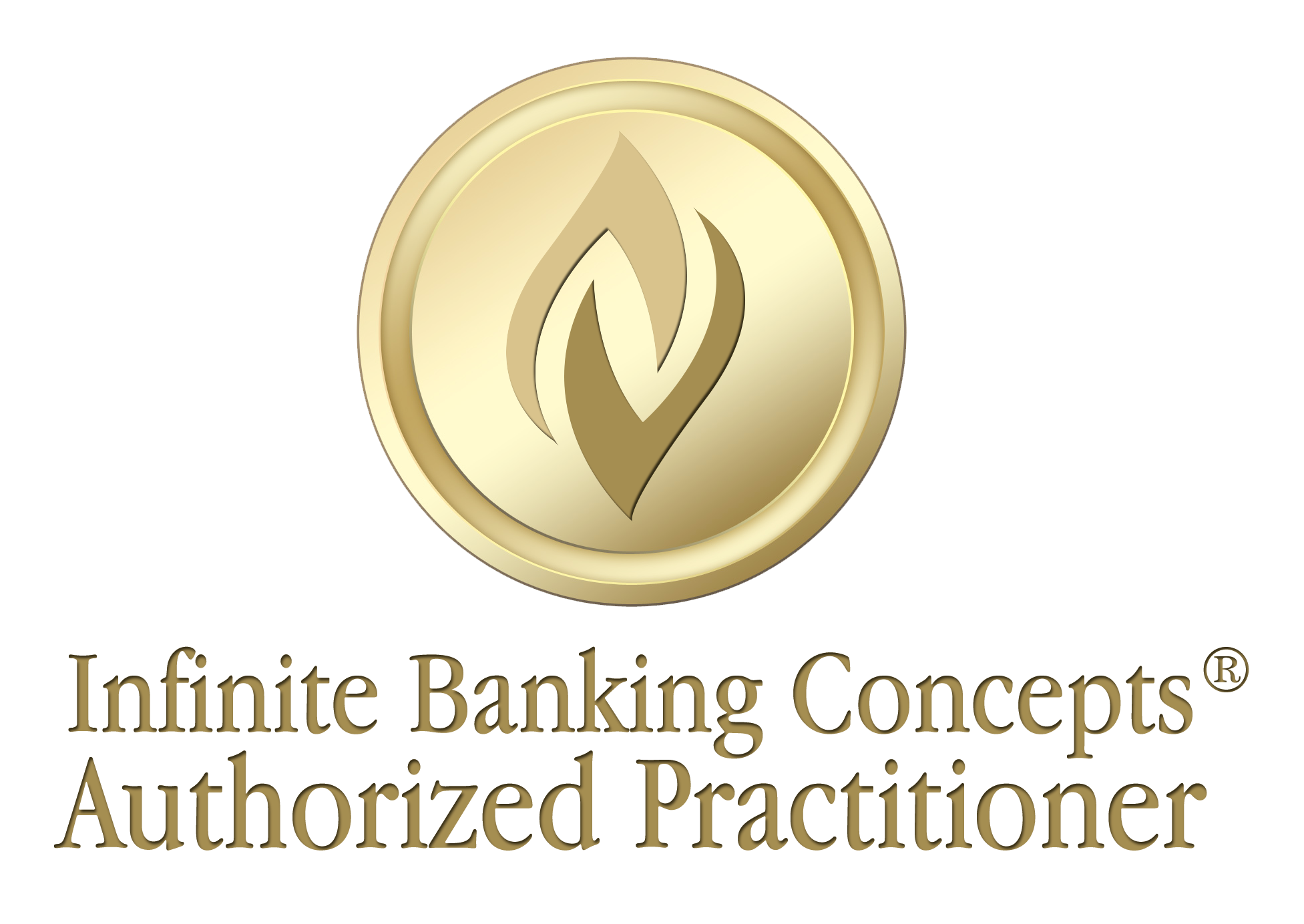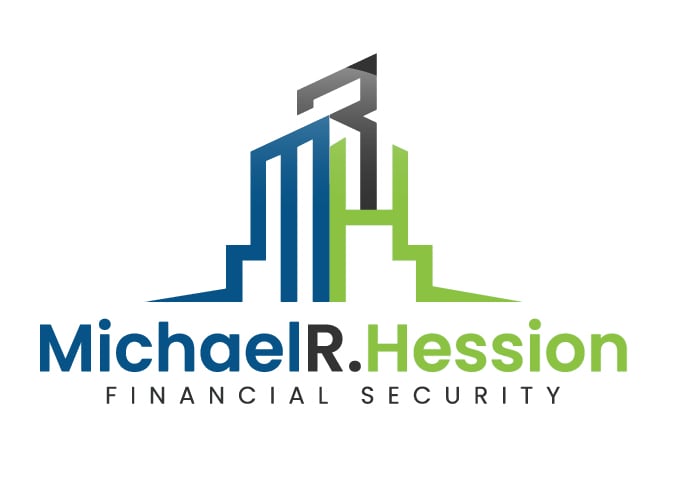
A 56-year-old investor with $400,000 in retirement savings pays 1.4% in advisory fees. Sounds reasonable, right?
Here’s what that “small” percentage actually costs: four years of your retirement. Someone paying 1.9% in fees won’t be retirement-ready until age 70, well past the traditional retirement age of 65.
Over 40 years, that 1.4% fee structure erases nearly half a million dollars compared to a 1% fee portfolio.
But the real problem runs deeper than expensive fees.
The System Keeps You Working Back to Zero
Most people operate what I call an “open-ended horseshoe economy.” Money comes in, money goes out, and you hope there’s something left over to save.
Your advisor encourages this system. They want your money locked away in accounts you have very limited access to until 59½, earning fees regardless of performance.
Meanwhile, you’re still financing everything in your daily life. Car payments, credit cards, student loans. The retirement accounts don’t help with any of that.
You’re constantly working back to zero.
This creates a fundamental disconnect: your need for financing today matters more than hoping you have money at 65. But traditional financial advice ignores this reality.
How the Wealthy Think Differently
Really wealthy people don’t have 401(k)s as their primary wealth-building vehicle. They may use them to some degree, but they’re doing other things to grow their wealth.
They understand something most financial advisors won’t tell you: cash flow control trumps chasing returns.
Think about it this way. You finance everything in life one of two ways:
- Save up and pay cash, losing the ability to earn interest on those dollars.
- Borrow from a financial institution and pay them interest.
Both approaches keep you working back to zero. You’re either paying interest out or losing the opportunity to earn interest.
The wealthy have found a third option.
The Banking Function You Never Knew Existed
Banks have a pretty sweet setup. They hold capital, lend it out at interest, and it always comes back to them.
What if you could replicate this banking model for yourself?
This is where properly designed whole life insurance contracts come in. Not as death benefits you’ll never use, but as cash flow vehicles that create your own banking system.
Here’s how it works: You fund these policies like a high-yield savings account. The cash value grows guaranteed with no market risk. You have complete control and access to borrow against this cash value for anything you want.
No questions asked. No credit checks. No restrictions.
Take a client who had a $350 monthly car payment at 0% interest. She was excited about the “free” loan until I showed her the math.
That’s $4,200 per year disappearing from her system forever. Over three years, $12,600 she’d never see again.
Instead, she borrowed from her whole life policy’s cash value to pay off the car. Now that $350 monthly payment goes back to the insurance company, replenishing and growing her cash value.
The money stays in her system. She became her own banker.
Why This Beats Market Investments
Financial advisors focus on rates of return because that’s their bread and butter. They have to justify those fees somehow.
But they’re missing the bigger picture.
The long-term growth inside whole life contracts can actually outperform the S&P 500 over 20-30 years due to uninterrupted compound growth. No market volatility. No timing issues. No fees eating away at returns.
More importantly, you’re not locked out of your money. Your daily financing needs get handled within your own system instead of through outside lenders.
This creates what I call a “closed loop economy” where money stays in your control.
The Real Evidence
If this sounds too good to be true, consider this: major banks like Bank of America and Wells Fargo have billions of dollars in whole life insurance contracts on their balance sheets.
They call it their “tier one capital.” These banks determined that whole life insurance is the safest, most efficient place to store and grow their safe money.
If it’s good enough for the banks’ own capital, why wouldn’t it work for yours?
Historical examples abound: Ray Kroc used whole life insurance to build McDonald’s. Walt Disney funded his empire the same way. JCPenney, too.
This isn’t some new financial fad. It’s how wealth has been built for generations.
Breaking Free From the Employee Mindset
Most of my clients are entrepreneurs. They already understand the system isn’t geared toward them and actively look for alternatives.
Employees tend to accept what they’re told. Get a job, contribute to the 401(k), hope for the best. They’re busy with life and don’t want to think deeply about how money actually works.
But here’s the thing: the banking equation touches everyone. Employees, self-employed, investors, business owners. Everyone deals with banks as the middleman.
You don’t need to quit your job to benefit from becoming your own banker. You just need to start thinking differently about where your money goes and how you access it.
The Psychology of Fee Acceptance
Why do people accept paying 1.4% fees year after year? Lack of financial education and intimidation.
Most families don’t talk about money. The old approach was simple: get a good job, stay with the company for 30 years, get a pension.
That world doesn’t exist anymore. But people still operate with that outdated mindset while experiencing firsthand that things don’t work that way.
Add busy lives, complex financial products, and advisors who benefit from the current system, and it’s easy to see why people just hand over their money and hope for the best.
The ones who break free are those willing to educate themselves and think differently about how money works.
Your Next Steps
If you’re tired of watching advisory fees erode your wealth while your money sits locked away in accounts you can’t access, you have options.
Start by doing the math on what you’ve actually paid in fees over the years. Look at your statements. Call your advisor. Get the real numbers.
Then ask yourself: would you rather have that money in your own system or continue sending it to Wall Street?
The path forward requires education and a willingness to think differently. But the potential to close that open-ended horseshoe economy and start building real wealth is worth the effort.
You can keep working back to zero, or you can start becoming your own banker.
The choice is yours.




